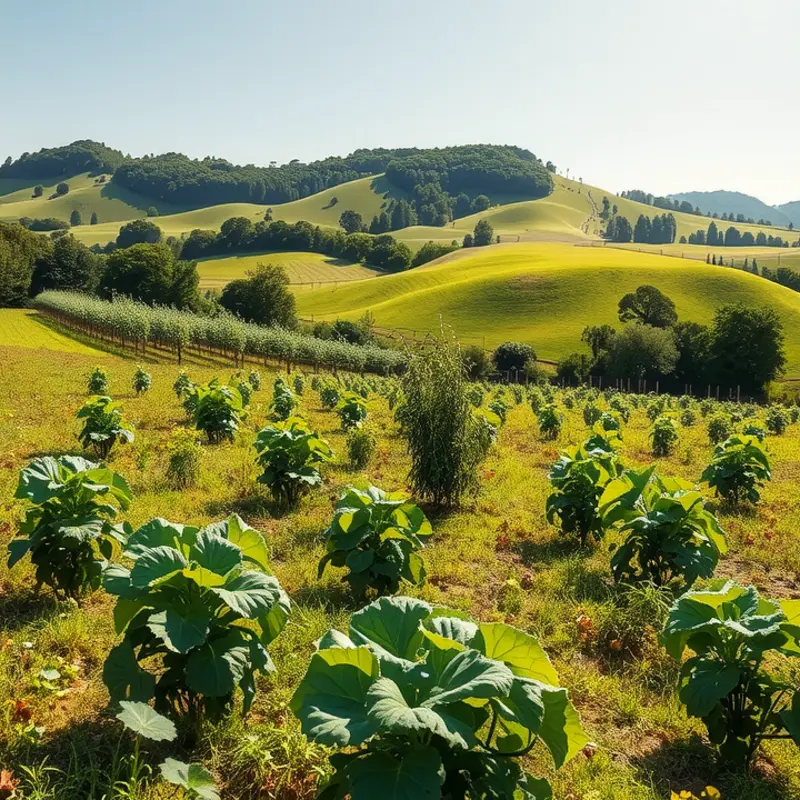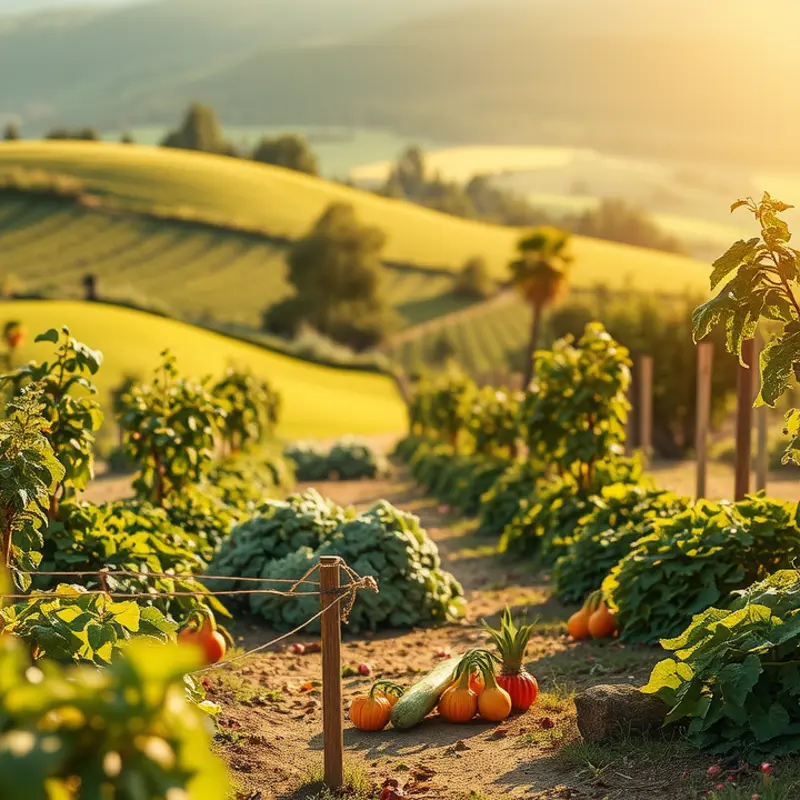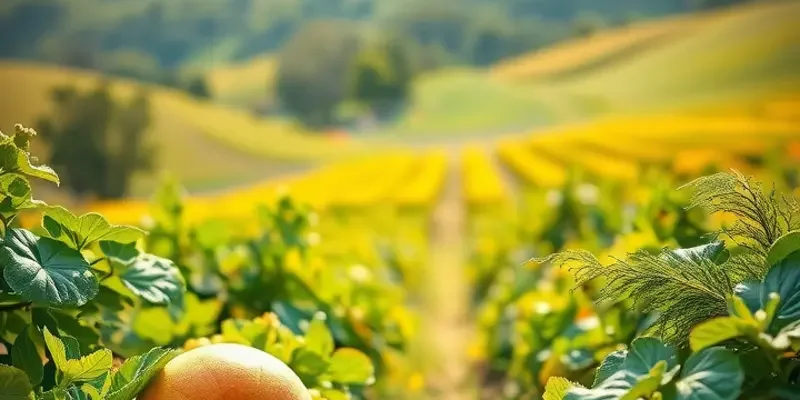Fermentation is a culinary art that transcends borders, reflecting a deep connection between people and their environment. From tangy kimchi in Korea to creamy kefir in the Caucasus, global fermentation practices tell stories of tradition, survival, and creativity. Each culture adds a unique touch, transforming ordinary ingredients into flavorful staples. Join us as we explore the fascinating world of fermentation across different cultures, highlighting the ingenuity and passion that have shaped these delicious results.
The Fermenting Foundations: Asia’s Culinary Gems

Asia, a continent brimming with diverse flavors and ingredients, stands at the forefront of global fermentation traditions. Each region boasts its own distinct take on this ancient culinary art, resulting in a tapestry of tastes that have nourished and enriched daily life for centuries.
Kimchi, a fundamental element of Korean cuisine, showcases the country’s mastery of fermentation. Typically made with napa cabbage, radish, or cucumber, this dish uses a variety of seasonings including gochugaru (Korean chili powder), garlic, ginger, and fish sauce. The preparation process is a meticulous labor of love. Vegetables are salted to remove excess water, then submerged in a pungent spice mixture before left to ferment for days or even weeks. The complex flavors born from this process contribute to the umami-rich taste, a cornerstone of Korean meals. Kimchi is more than just a side dish; it’s a symbol of Korean hospitality and an excellent source of probiotic bacteria that aids digestion.
Across the Sea of Japan, miso heralds a tradition embraced by the Japanese for over a millennium. Derived from fermented soybeans, rice, or barley, its fundamental ingredients include koji (a type of fungus), salt, and the chosen legume or grain. This combination is allowed to ferment in barrels for months or even years, developing a flavor profile that ranges from the subtle sweetness of white miso to the intense, savory nature of red miso. Integral to miso soup and a variety of other dishes, it adds depth and supports a balanced diet, introducing beneficial enzymes and microorganisms. Miso’s versatility and health benefits make it a staple ingredient in Japanese kitchens.
Soy sauce, a liquid seasoning familiar to many kitchens worldwide, finds its roots in the ancient Chinese process of fermenting soybeans and wheat. Over time, regional variations have emerged, such as Japan’s slightly sweeter shoyu or Indonesia’s thick and sweet kecap manis. The fermentation begins with steaming the soybeans, which are then mixed with roasted wheat and koji. The blend ferments in brine, patiently transforming under the influence of microbial activity. This intricate process creates an umami-rich essence that enhances various dishes globally, illustrating the widespread influence of Asian culinary tradition.
These fermented foods not only highlight Asia’s expertise in unlocking flavors through fermentation, they also underscore the balance of taste and nutrition. As these ingredients enter global kitchens, acknowledging their cultural and health significance becomes vital. To dive deeper into how specific ingredients foster taste without overwhelming the palate, explore flavor boosters without salt. Fermented foods are the unsung heroes, providing not just nourishment but a comforting connection to tradition and community.
Sour and Savory: European Fermentation Traditions

The art of fermentation in Europe is a tapestry woven from threads of history, climate, and ingenuity. From the tang of sauerkraut in Germany to the robust notes of French and Italian wines, each region contributes its unique strain to the continent’s diverse culinary symphony. Fermentation, a process where microorganisms transform foods into complex and often healthier forms, has long been used to preserve food and enhance its nutritional properties.
In Germany, no dish exemplifies the mastery of fermentation quite like sauerkraut. Fermented from finely shredded cabbage, sauerkraut is a staple in German diets and offers both historical significance and nutritional benefits. The lactic acid bacteria they cultivate not only preserve the cabbage but create a signature sour taste, quintessential in German and Eastern European cuisines. Sauerkraut is often enjoyed alongside sausages or in a hearty stew, speaking to its adaptability and nutritional prowess.
Move eastward, and you’ll discover the diverse pickle traditions of Eastern Europe. Each culture has its version, whether they are the soured gherkins of Poland or the bold, garlic-laden pickles of Russia. This pickling tradition extends beyond cucumbers to cabbage, beets, and even green tomatoes. The rich flavors and probiotics present in these fermented pickles make them integral to meals, offering a refreshing counterpoint to heavier dishes. They are not only a testament to the region’s resourcefulness but also to its celebration of seasonal produce.
In the more temperate climes of France and Italy, wine embodies the sophistication and allure of fermentation. Winemaking, known for transforming grape juice into complex flavors through yeast activity, holds a revered place in their cultural identities. French wines vary from the robust reds of Bordeaux to the delicate Champagnes of the north, each expressing its terroir—the climate, soil, and topology of its vineyard. In Italy, winemaking is both an art and a tradition, with varietals like Chianti and Barolo contributing to the nation’s international fame. Like their counterparts in Central and Eastern Europe, wine’s sociocultural role in France and Italy is profound; it serves as both a cultural artifact and an enabler of convivial gatherings.
These European fermentation traditions underscore a shared understanding of food as both sustenance and pleasure. In a continent where regional identity is fiercely cherished, fermented foods bridge geographical divides while celebrating local distinctness. Today, these foods are not mere culinary relics but vital parts of modern diets and social rituals. For those intrigued by the balance of science and tradition in cooking, fermentation offers a rewarding exploration. Consider trying your hand at sauerkraut or a simple fermentation project. Such endeavors deepen appreciation for these storied practices and offer a tangible link to European culinary heritage.
For a sustainable approach to integrating these traditions into your kitchen, discover tips on eco-smart storage solutions that can enhance your fermentation efforts while reducing food waste.
Final words
The exploration of fermentation across cultures unveils a tapestry of flavors, nurturing traditions, and passionate craftsmanship. Every jar of kimchi, bottle of wine, or bowl of miso tells a story of a community’s history and resilience, showcasing how different societies have adapted their culinary practices over generations. Embracing these diverse fermentation techniques can foster an appreciation for global cuisine and inspire home cooks to experiment with age-old methods in their own kitchens. In a world where food connects us, the art of fermentation enriches cultural understanding and enhances our culinary adventures.








